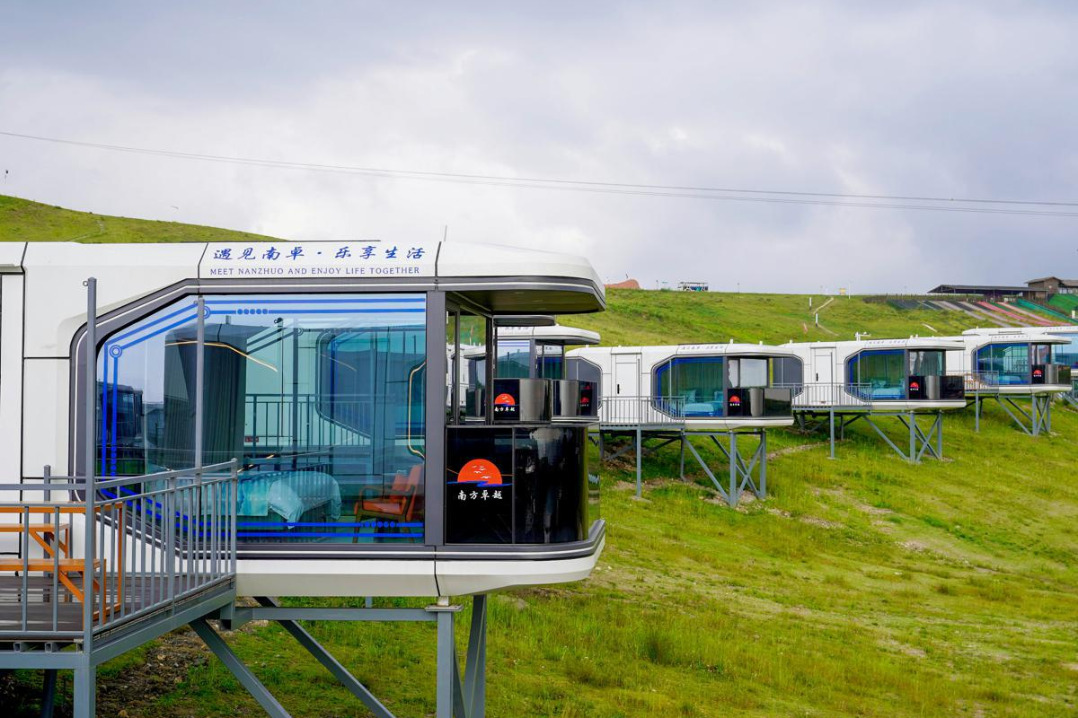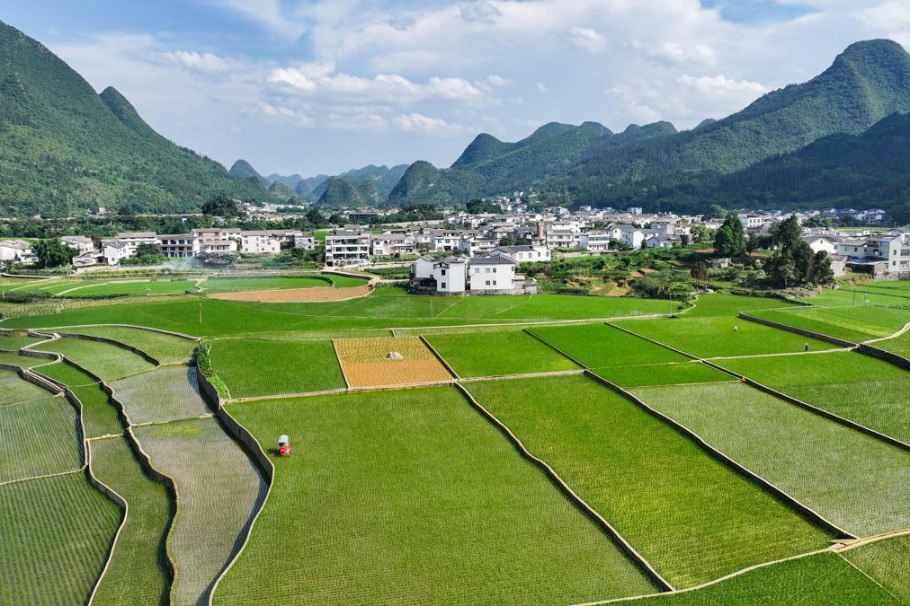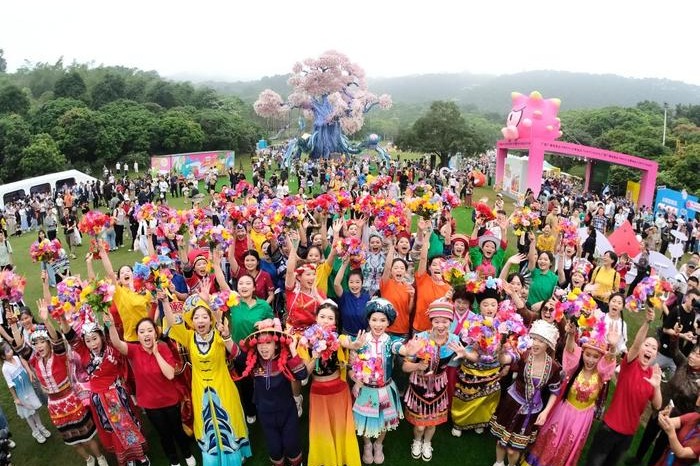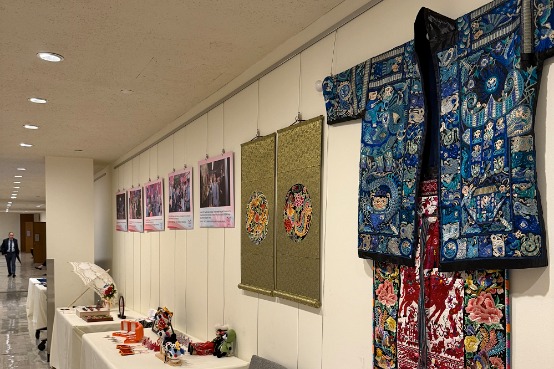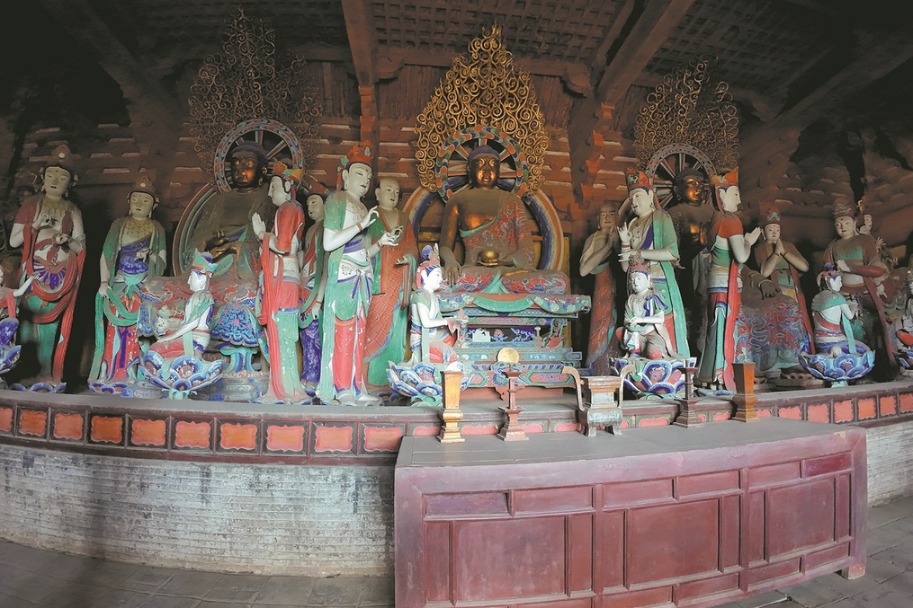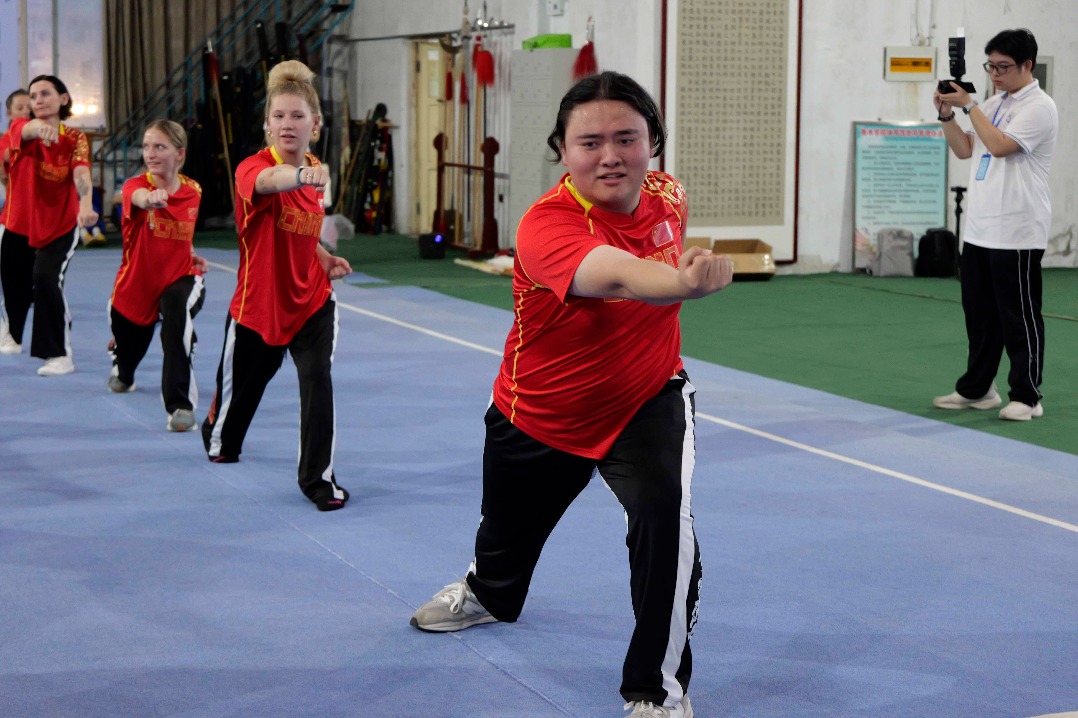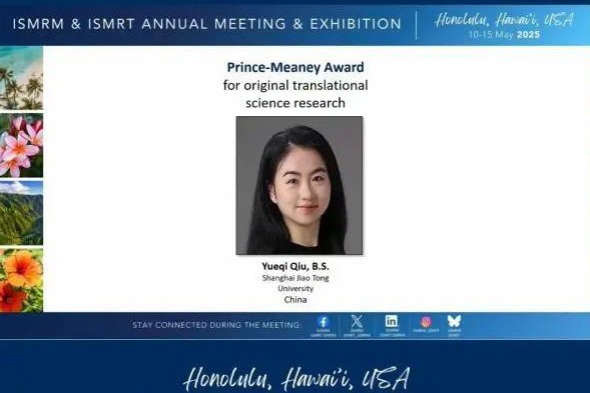Shanghai turns cradle of trade unionism into modern museum

In the bustling heart of modern Shanghai, where skyscrapers tower over the Suzhou Creek, a shikumen-style two-story building stands as a silent witness to a revolutionary past. This historic structure is the former site of the China Labor Association Office, established by the Communist Party of China in August 1921 as the first public organ to lead the nation's labor movement.
As China commemorates the centenary of the All-China Federation of Trade Unions this year, the preserved site offers a tangible link to the roots of the country's organized labor movement.
Birth of a movement
In the early 20th century, China's working class struggled under the triple burden of imperialism, feudalism and bureaucrat capitalism. As industrialization swept through the nation, millions endured harsh working conditions under foreign concessions and domestic oppression.
Against this backdrop, the CPC, founded in July 1921, started a mission of organizing workers. Within a month of its First National Congress, the party established the China Labor Association Office in Shanghai.
The organization quickly expanded, setting up branches in Beijing, Wuhan, Changsha, Guangzhou and Jinan.
By May 1925, the second national labor congress gave birth to the ACFTU, which inherited the office's role as the unified voice of Chinese workers.
"This site represents both a starting point and a cradle," said Zhu Run, director of the cultural relics preservation sites in Shanghai's Jing'an district. "It marks where the CPC began leading worker movements after its founding, and incubated what would become the ACFTU."
During its brief but impactful existence from 1921 to 1925, the office achieved several pioneering milestones. It organized the first labor strike under CPC leadership at the British American Tobacco company in Shanghai, established the first trade union after the founding of the CPC, published the first workers' newspaper and convened the country's first national labor conference.
Strategically located near factories, tramways and railways, the office became a focal point for labor organizers to mobilize Shanghai's industrial workforce and coordinate with movements nationwide, according to Zhu.
"The office played a pivotal role in transforming scattered worker protests into organized movements," said Duan Lian, associate researcher at the Shanghai Academy of Social Sciences' Institute of History.
"We have a saying that goes: To see 2,000 years of Chinese history, look at Xi'an; to see 1,000 years, look at Beijing; to see 100 years, look at Shanghai," Duan said. "Shanghai, home to half a million industrial workers, about a quarter of China's total at the time, was the natural epicenter for this transformation."
Beyond economic advocacy, the office also nurtured intellectuals among the working class population through extramural workers' schools, combining economic demands with political awakening. "While early struggles focused on immediate needs, they evolved into broader calls for national independence and class emancipation," he added.
Visual narrative of history
Today, the site serves as a museum dedicated to preservation, research and education, according to Zhu. Exhibits trace the labor movement's evolution from the founding of the China Labor Association Office to the establishment of the Shanghai Federation of Trade Unions after the founding of the People's Republic.
Upon entry, a trail of footprints — progressing from bare feet to leather shoes — visually narrates the transformative journey of the working class.
The museum collaborates with experts on in-depth research, and turns their findings into educational programs and public outreach. Modern technology enhances the visitor experience: augmented reality recreates 1920s street scenes around the site, immersive settings replicate the original working environment, and interactive games simulate period dock work to give visitors a feel for the era's hardships.
Among the museum's prized possessions is a complete collection of all six issues of The Communist monthly journal, including one covering the office's founding declaration. The collection documents how the organization emerged from labor struggles, including the strike of 8,000 workers at the tobacco company in Shanghai.
"These pages remind us that the association was born during struggle," Zhu said. "Public access to this exhibition ensures this history lives on for future generations."
Notably, 70 percent of the museum's visitors are youngsters. "It's sometimes difficult for today's youth to imagine the harsh working conditions of a century ago," Zhu said. "Through interactive exhibits and historical recreations, we help them understand how far workers' rights have progressed — and why these achievements should not be taken for granted."
From protest to progress
A century later, China's diversified economy has transformed the labor landscape. State-owned enterprises now coexist with private firms, multinationals and a growing gig economy. Contemporary trade unions face new challenges: work-life balance in the era of the 996 overtime culture, protection for gig workers and balancing employee welfare with corporate interests.
"The past is the present's history, while the present is the future's history," said Zou Weimin, vice-president of Shanghai Vocational College of Trade Union. "Unions' original mission of uniting workers and seeking welfare remains unchanged. Methods evolve, but principles stay rooted in advocacy and progress."
Duan emphasized adaptability. He said, "Today's workers prioritize career development and legal protection alongside traditional benefits. Yet the fundamental mission of rights protection and labor relations harmony endures."
While modern youth may feel distant from revolutionary history, Duan pointed out that most of the early labor pioneers were their age peers. "Yesteryear youth fought for economic rights and liberation; today's generation builds society while safeguarding labor interests," he said.
"We're not merely protecting an old building," Zhu said. "We're creating a space where people can draw inspiration from past struggles, while celebrating the stories of modern laborers. Visitors can find strength in the magnificent history of the CPC and realize that the spirit of labor movements has been passed down to our generation."
For a visitor surnamed Zhou, a teacher, the museum's power lies in its ability to contextualize. "Historical figures leap from books into vivid scenarios," Zhou said. "We are considering organizing students to visit here to connect past struggles to their present reality."
Looking ahead, Shanghai is developing additional labor movement resources and tourist routes, inviting visitors to explore the city's revolutionary history. As Duan noted, "Success lies in aligning individual development with national progress. Understanding this historical continuity helps us shape labor rights for future generations."
Related:?China's century-old labor movement
zhengzheng@chinadaily.com.cn
- China enhances coastal ecosystem protection and restoration
- Jiangsu presents innovation-driven growth and economic leadership
- China Prospectors Conference calls for AI in mineral exploration
- Tsinghua, PKU condemn sale of campus lake water
- Journalists explore Jiangsu's innovation and development achievements
- 13 new China-Uzbek vocational education tie-ups signed
















